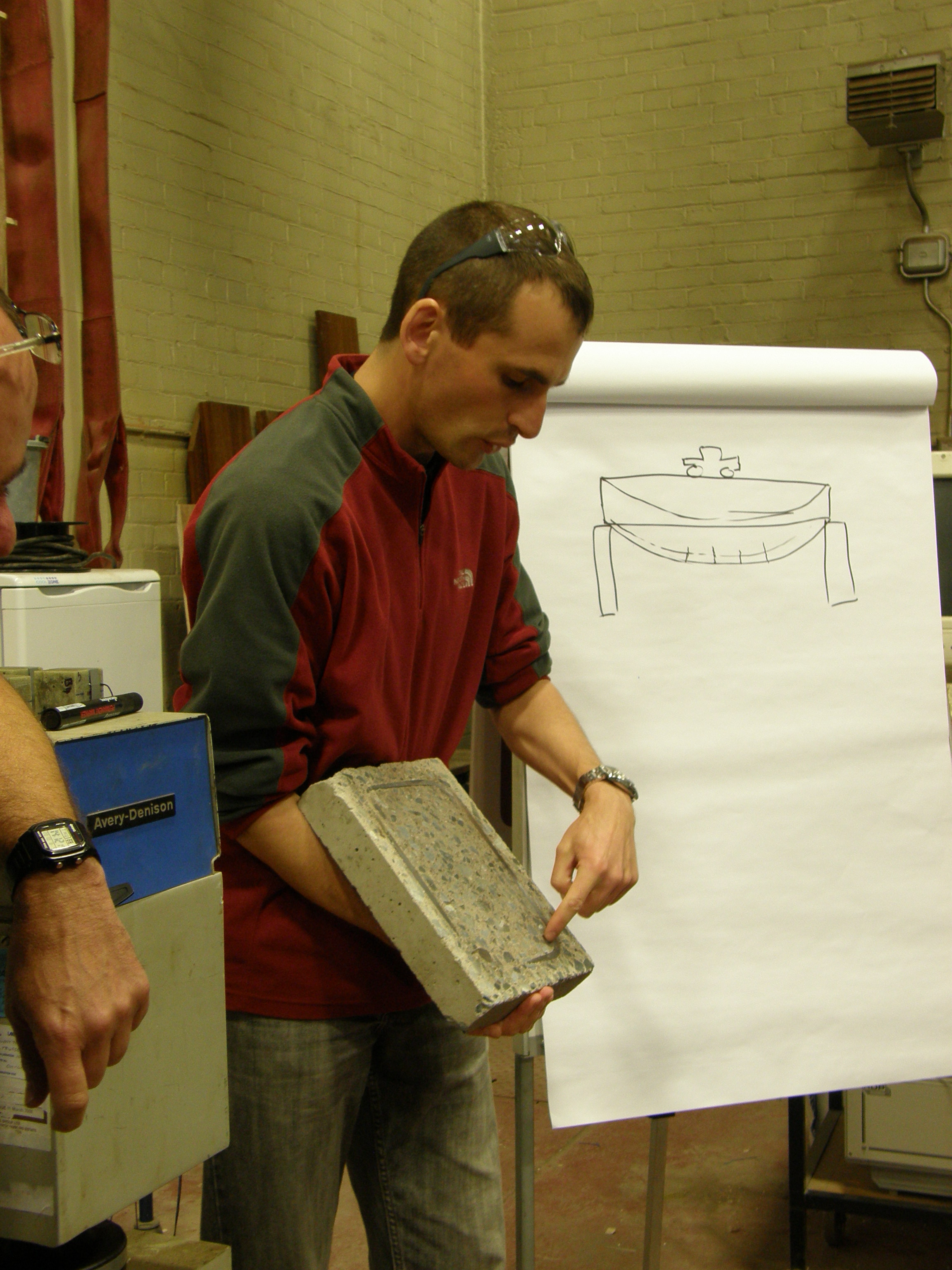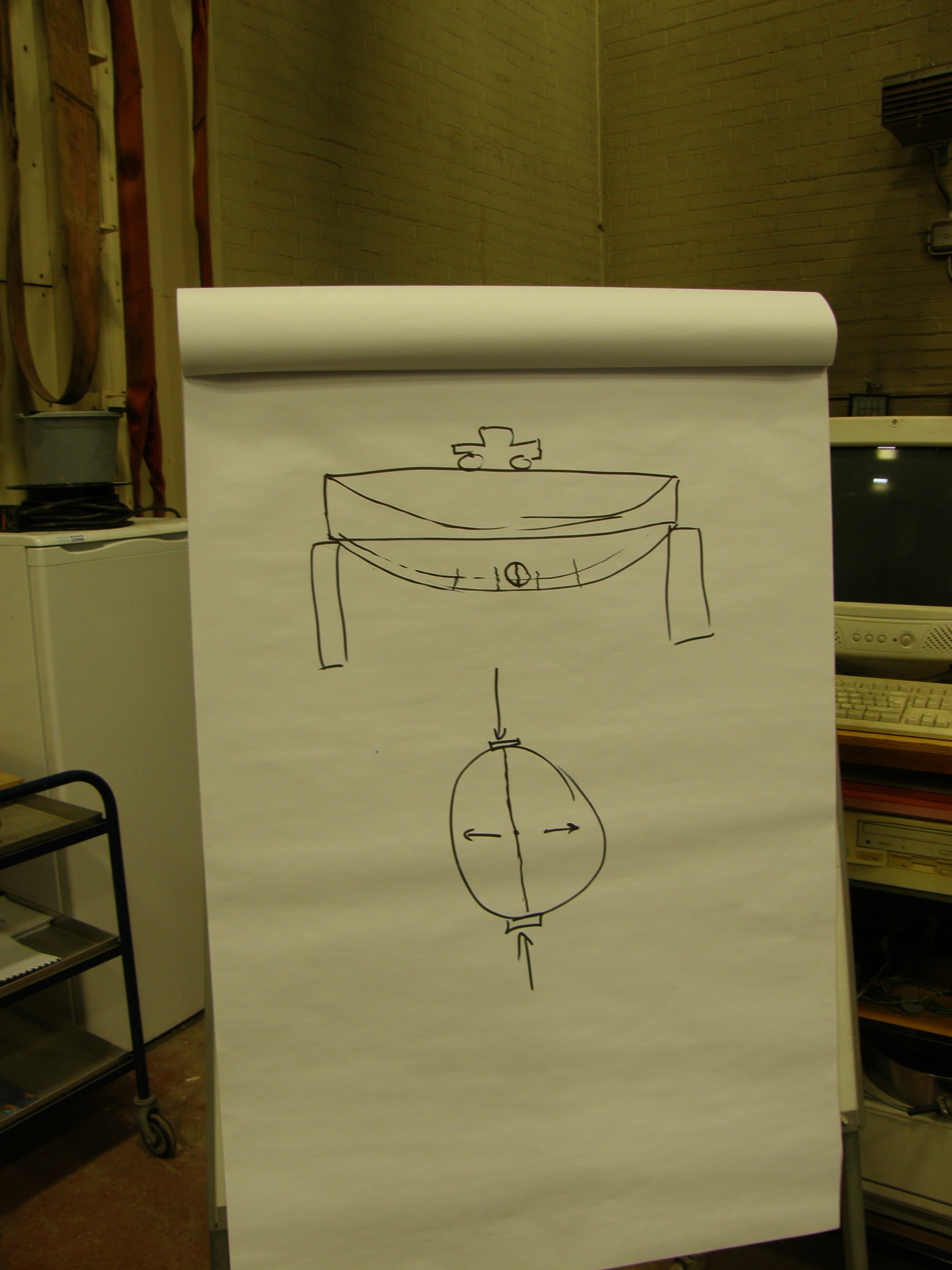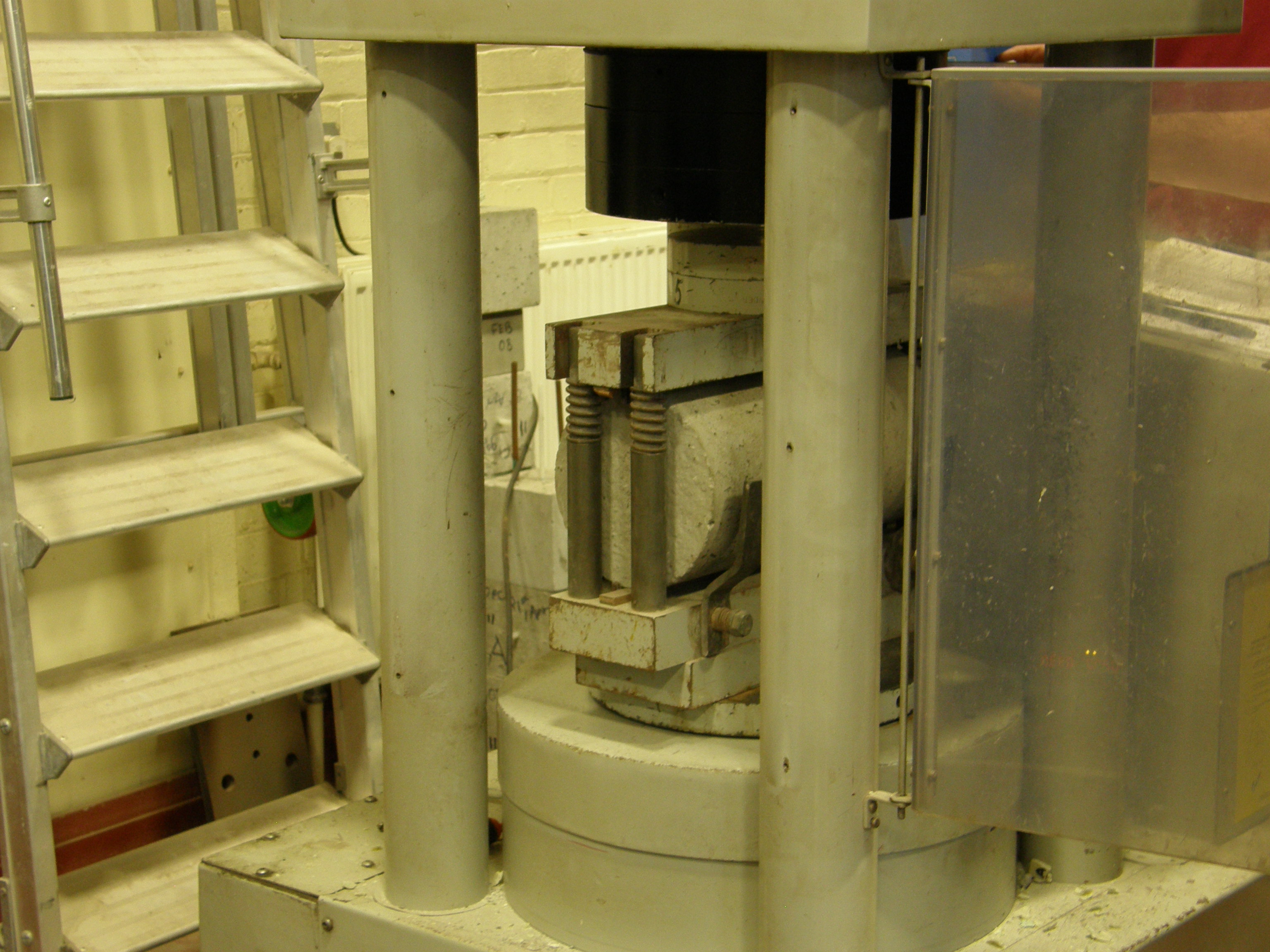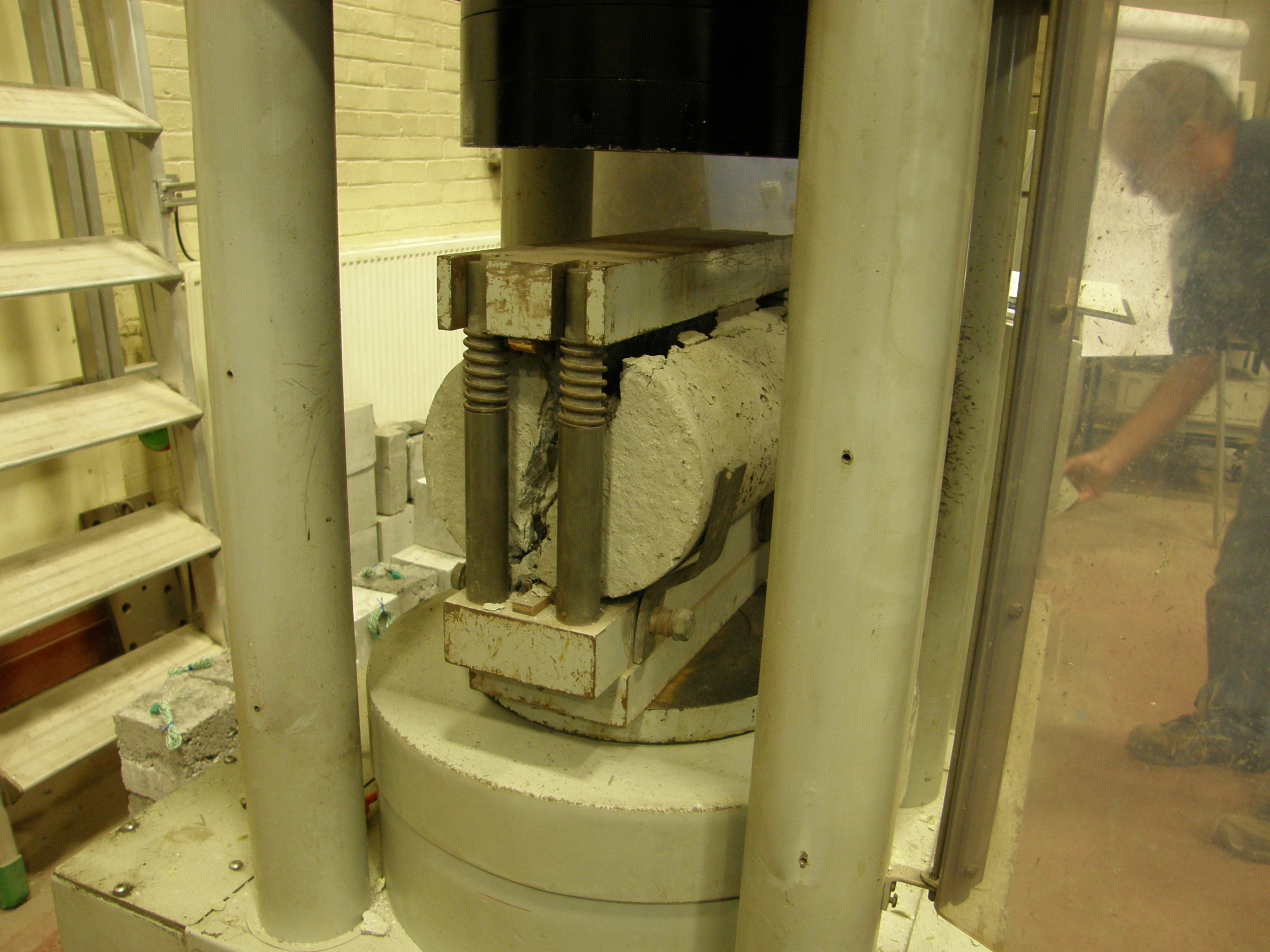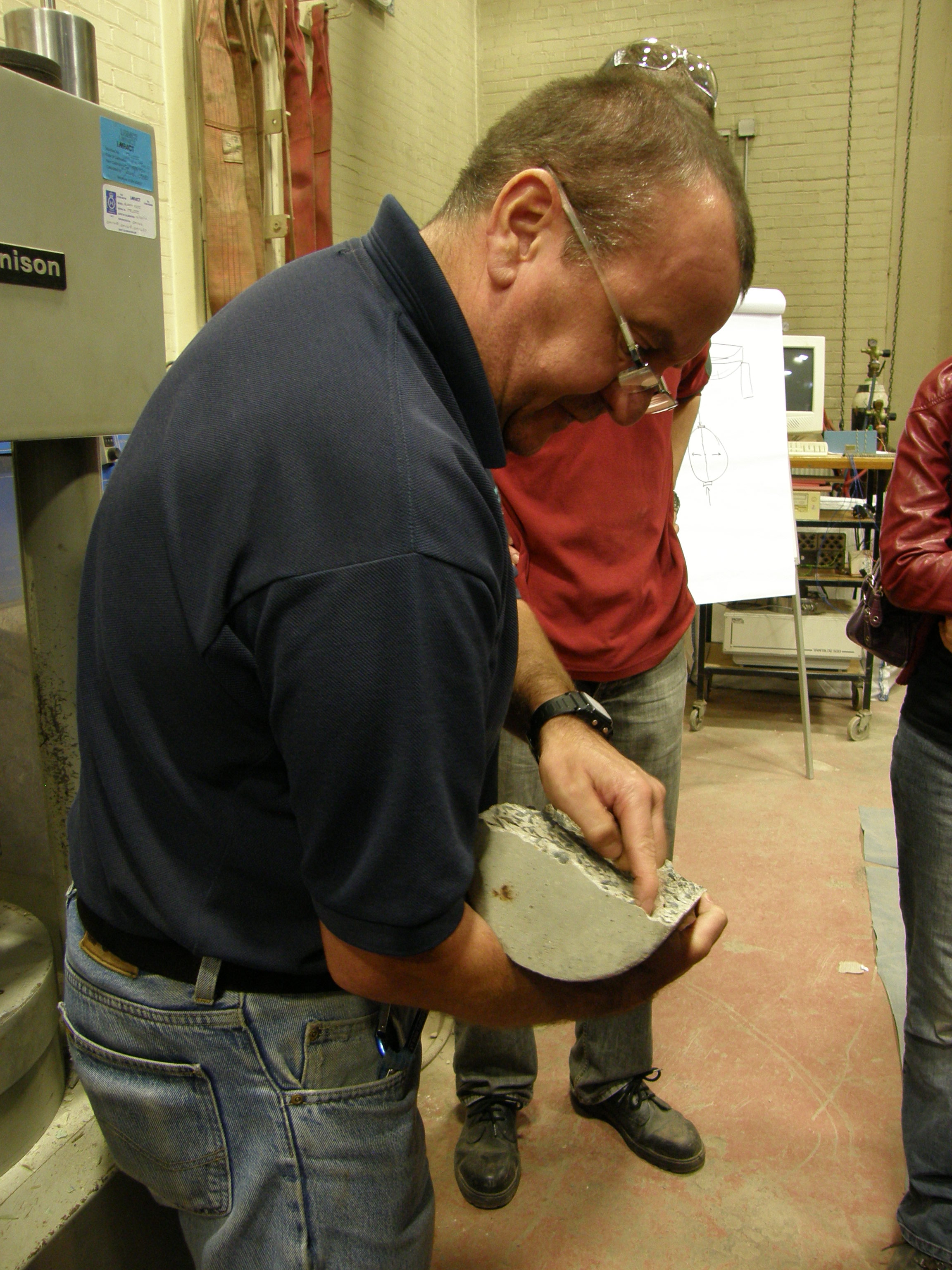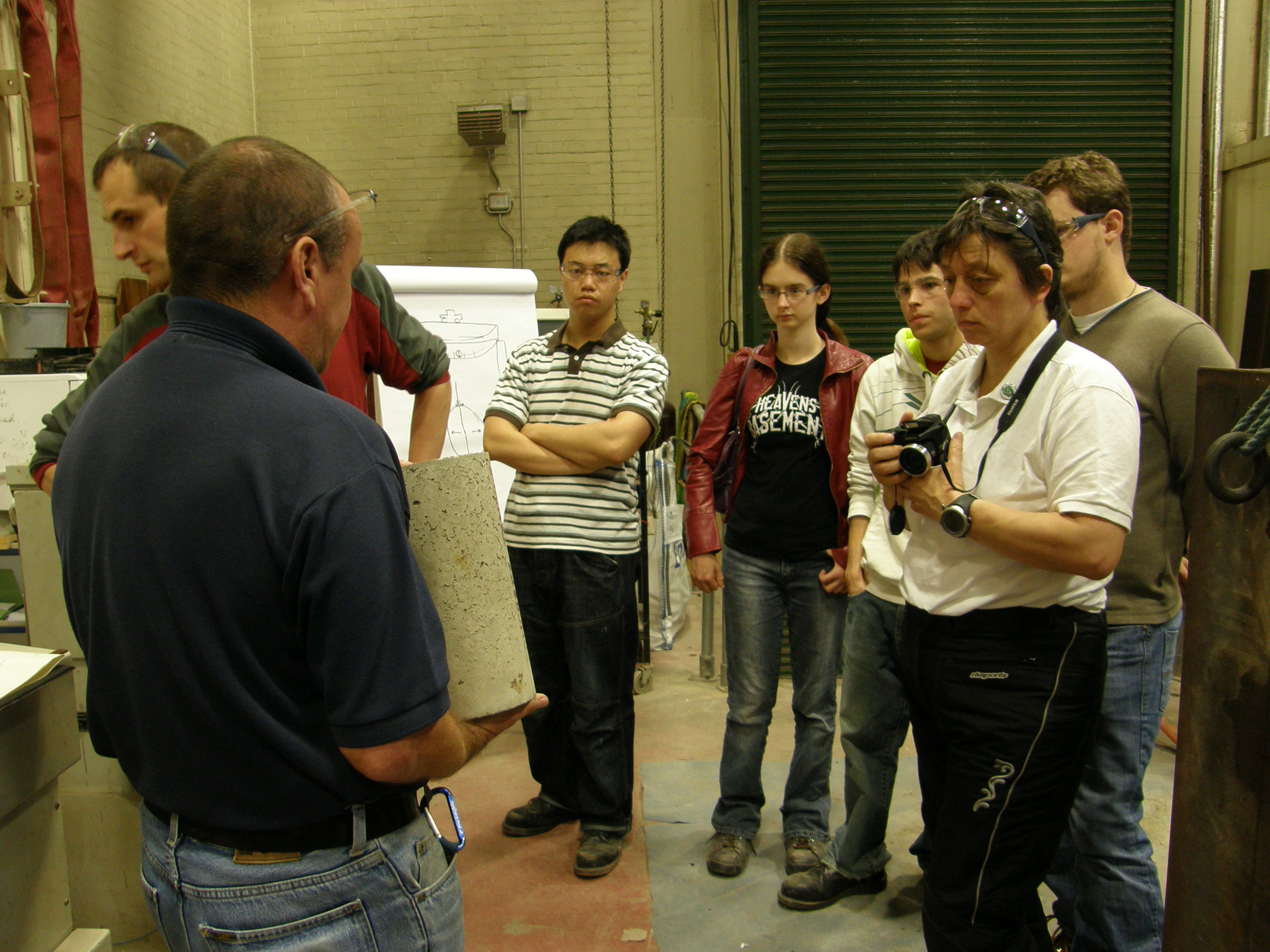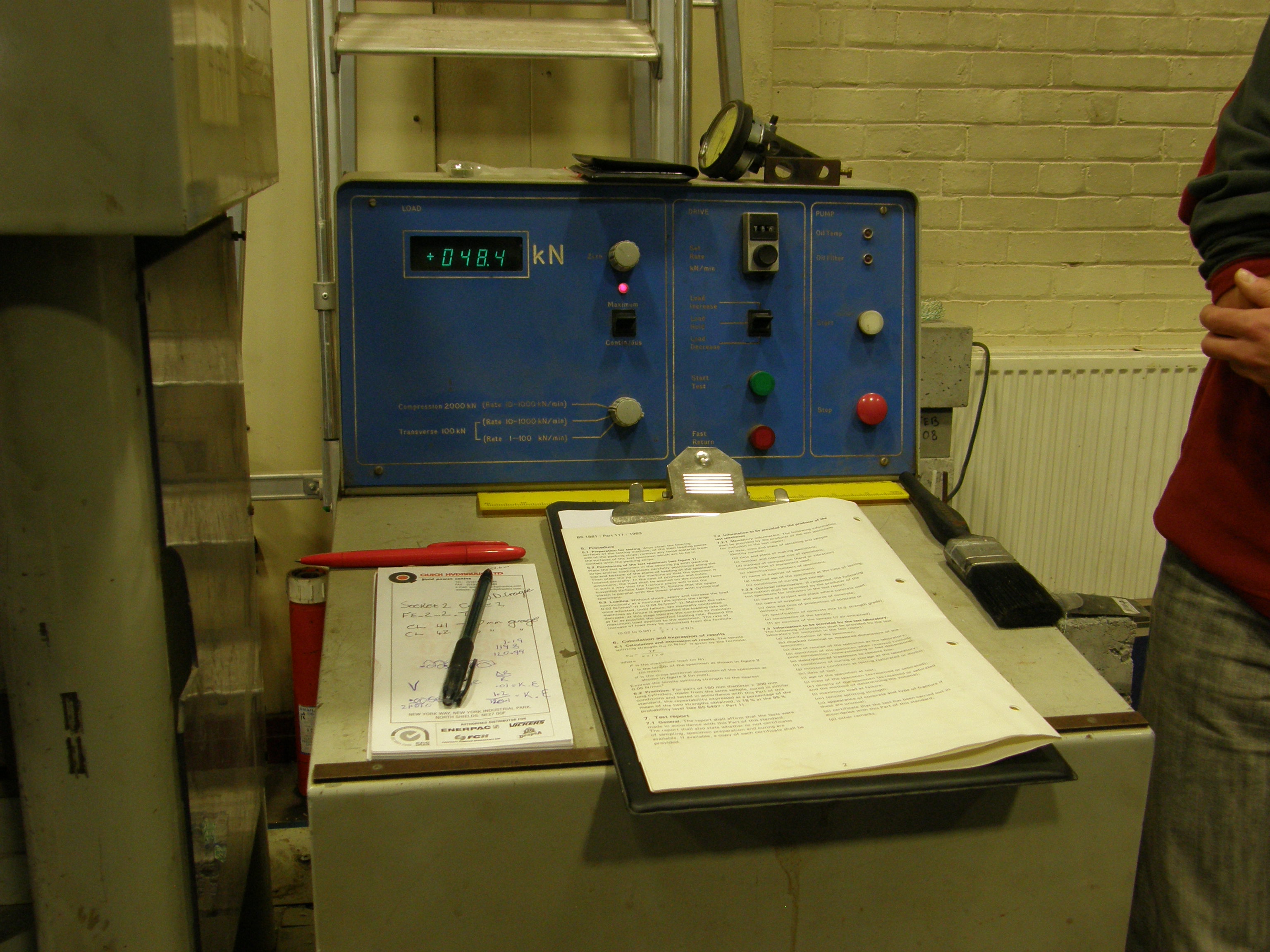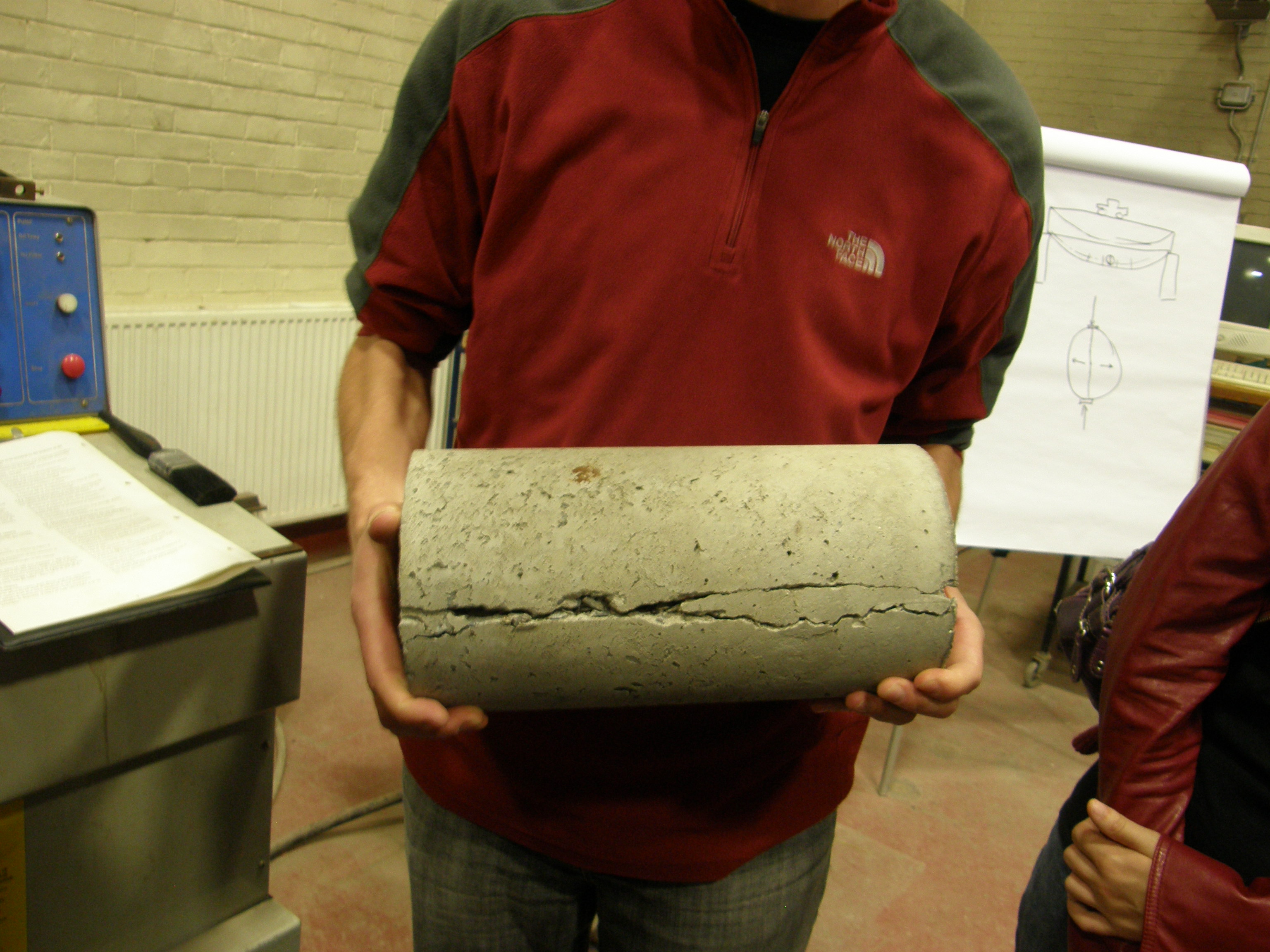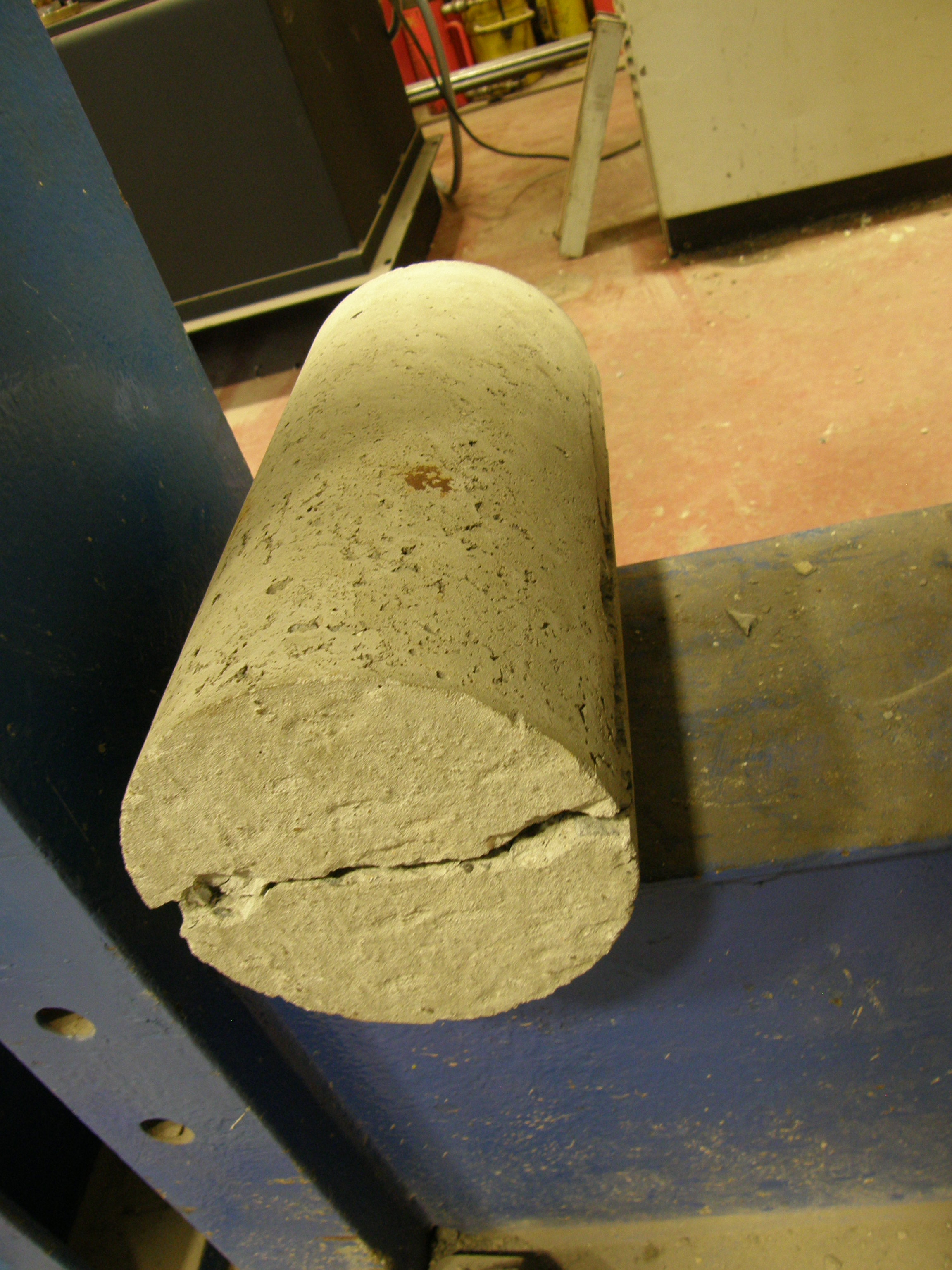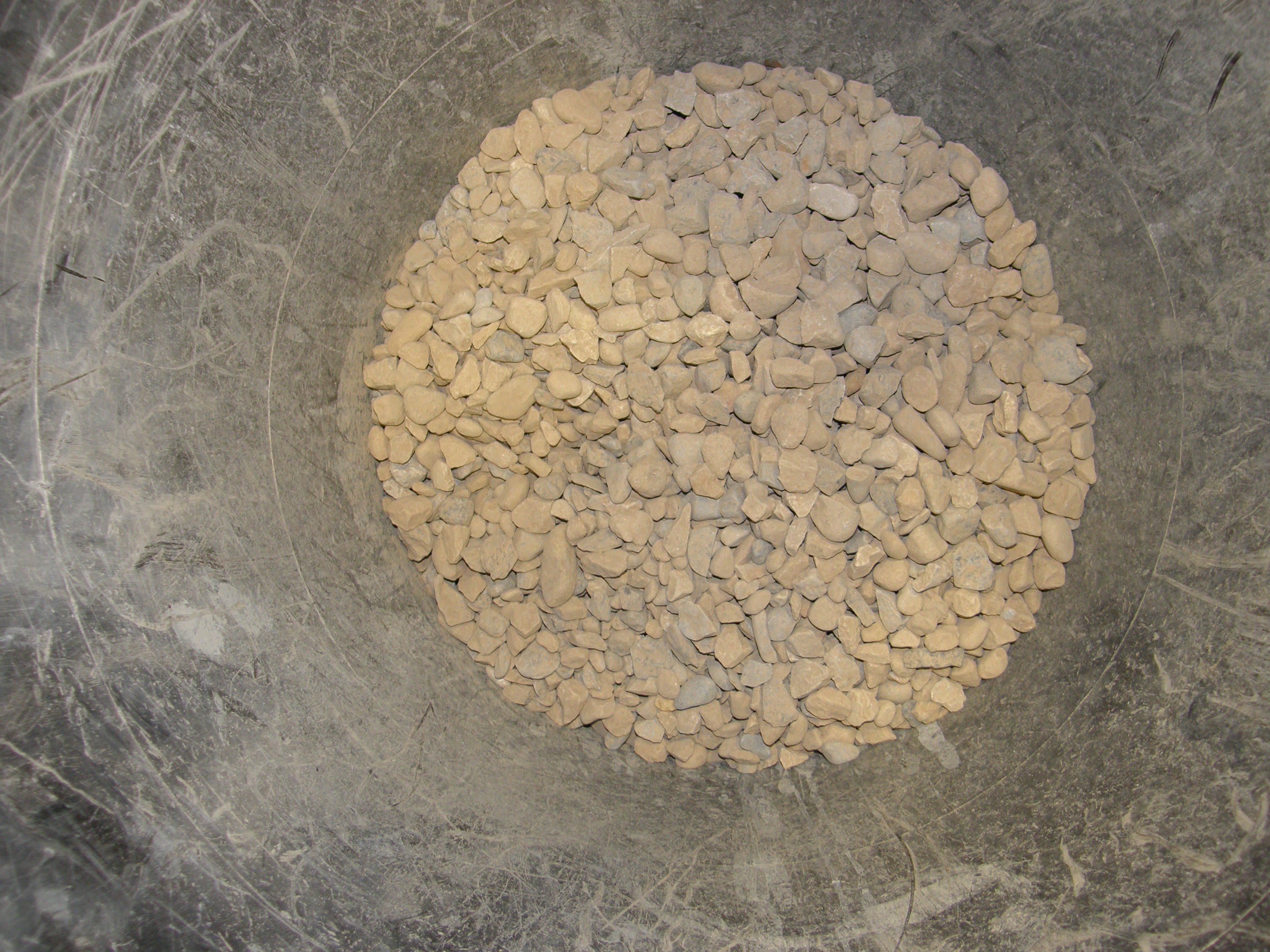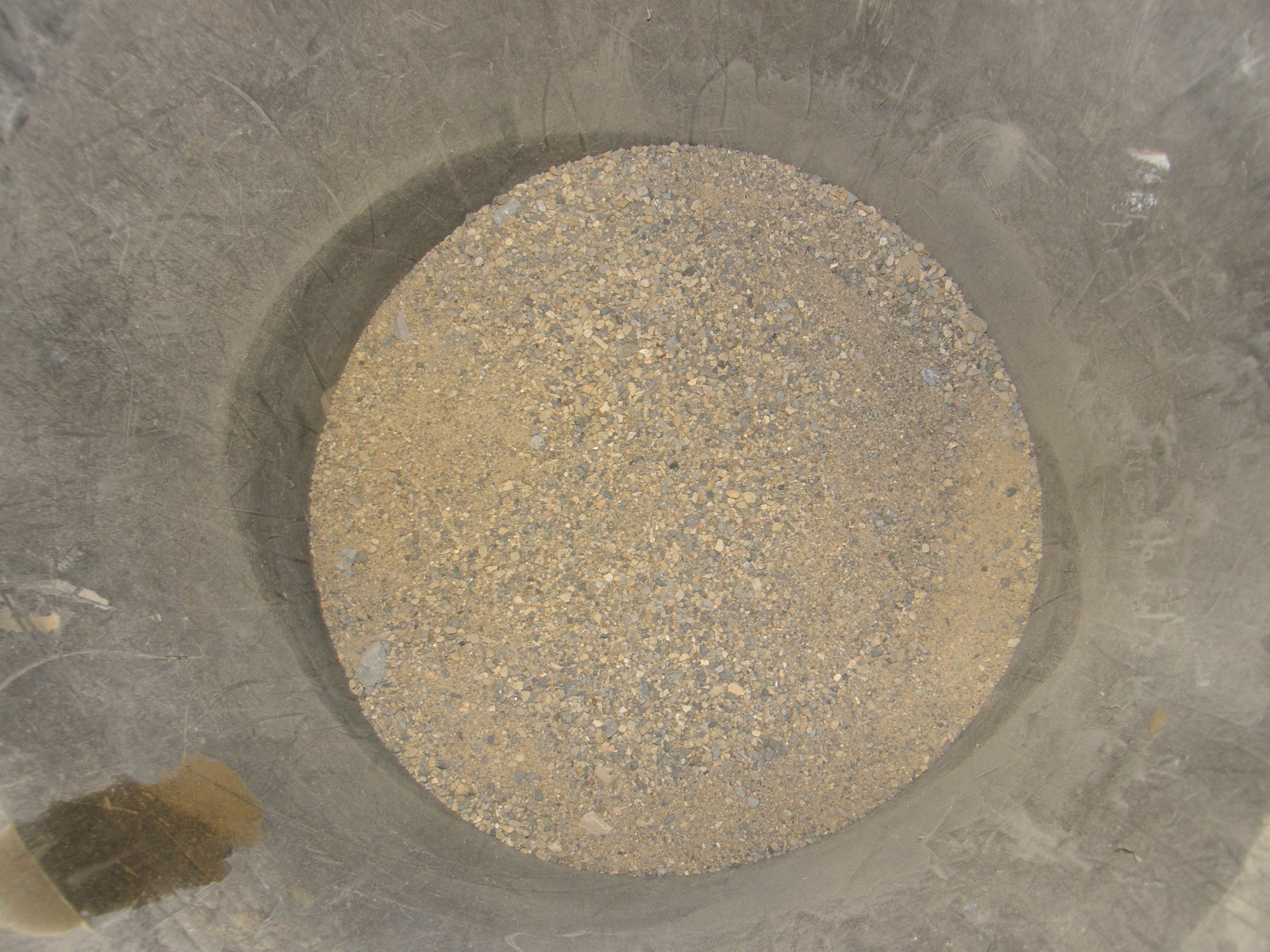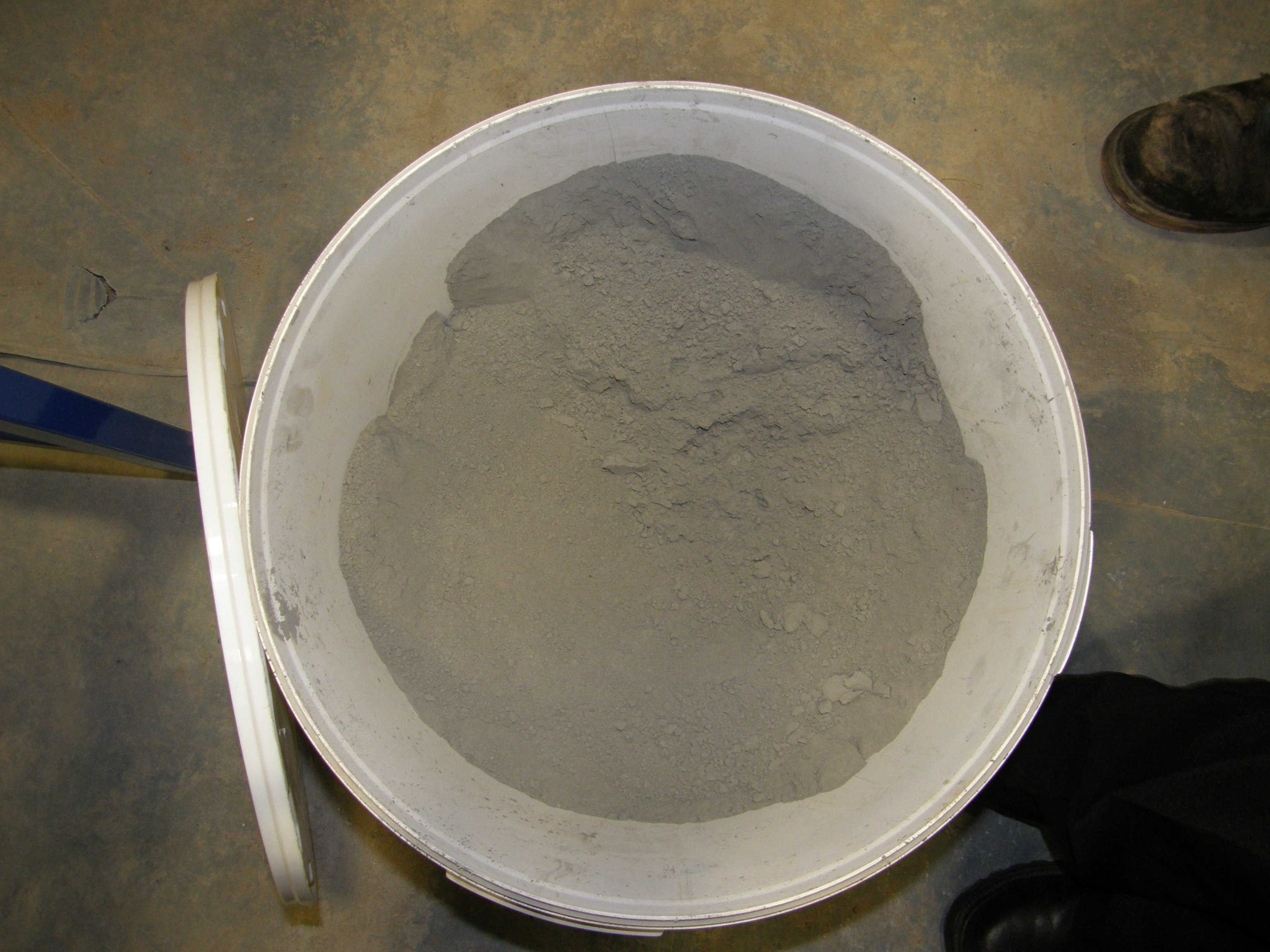Team:Newcastle/problem
From 2010.igem.org

| |||||||||||||
| |||||||||||||
Contents |
Concrete Background
Deena's concrete lecture provides some basic knowledge on concrete as well as questions from our presentation at iGEM UK Get Together.
Reasons cracks are bad!
- Allow water to reach and corrode steel reinforcements
- Weaken concrete structures
- Difficult to repair
Work in this area has already been started: [http://www.youtube.com/watch?v=PyBR3PDPa-c Bio-concrete]
This project is different to ours in that it only repairs the microcracks that are formed in concrete within a certain period after the concrete sets and Bacillus subtilis cells only remain viable in the bio-concrete for a short period of time. This is not concern for our project as we do not want the cells to survive for a long period of time; just enough time to fix the cracks.
How our project is helpful
- Reduces corrosion rate of the steel reinforcements
- Reduces the need to demolish and re-build concrete structures
- Reduces cement production
- Reduces carbon dioxide emission
- Reduces consumption of energy resources
How our project is novel
- Filamentous cells - like steel fibres
- Getting the Bacteria to produce the gel/glue that hold it all together.
- Environmental kill switch
- We are working with a well known strain: Bacillus subtilis 168 (previous work required specific stains)
5th August 2010
Concrete Splitting Test
On the 5th of August, the whole team went to the structures lab of Cassie Building, the building that houses the School of Civil Engineering and Geosciences, to do tensile splitting test on concrete cylinder. We got to understand the problems of cracks forming on concrete structures and how our project Bacilla Filla will help.
More photos
Materials used to mix concrete
 
|
 "
"
